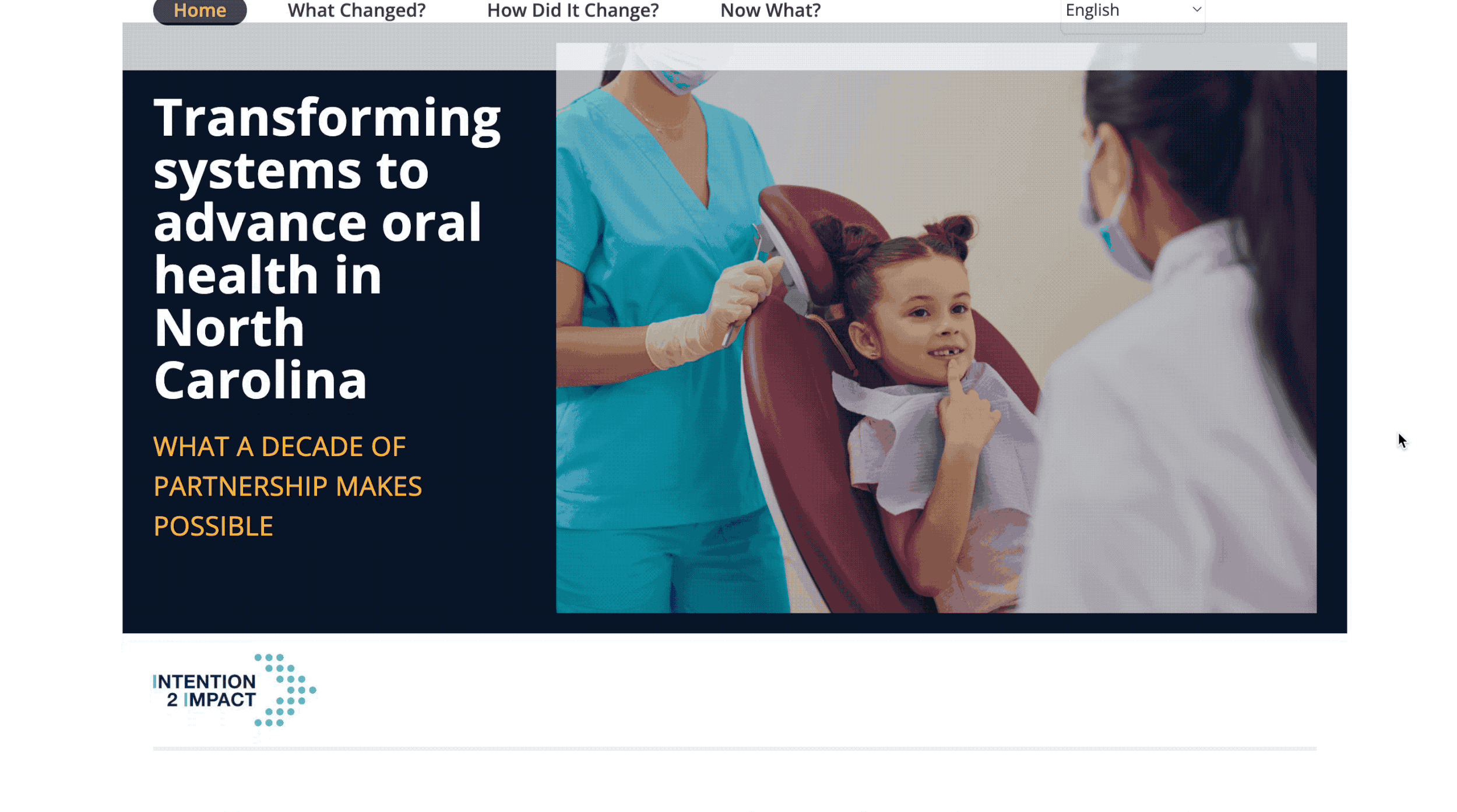I2I’s Heart-2-Heart on MacKenzie Scott's Giving, Racial Healing, & Interactive Reporting...
Hey there,
Welcome to Intention 2 Impact (I2I’s) Heart 2 Heart (H2H) newsletter - where we share what’s on our minds, in our hearts, and up-our-sleeves. This is an archived newsletter from January 2024. Want to read the newsletter in real time? Click here to subscribe!
Welcome to the year of the dragon 🐲 and Intention 2 Impact’s first 2024 Heart-2-Heart — our monthly newsletter where we share what’s on our mind, in our hearts, and up our sleeves.
This month, we reflect on MacKenzie Scott makin’ it rain, the National Day of Racial Healing, and our latest experiment with interactive web reporting.
On Our Minds
New year, same us! Anti-negative impact consultants…???
Wait… what? 🤔 Imagine how awkward it is to introduce yourself by who you are not, instead of who you are.
That’s how the nonprofit sector must feel. It’s true, nonprofits do not exist to make a profit. They exist to advance public benefit and make a positive impact on the world. But just because nonprofits are not concerned with making a profit, does not mean that they do not need money.
Nonprofits can only fulfill their missions if they have sufficient resources to pay their staff, maintain operations, and strategically plan for the future. Any nonprofit professional can tell you how frustrating it is to be labeled by your lack of profit, when you spend all day thinking about fundraising. The math ain’t mathin’.
That is one reason why Trust Based Philanthropy has been all the rage in the sector. Funders increasingly recognize the importance of larger, longer-term, unrestricted grants to nonprofits to enable sustainable impact.
The best case study is MacKenzie Scott’s giving. In just three years, she has given more than $14 billion in unrestricted support to more than 1,600 organizations, and she’s not done yet. The Center for Effective Philanthropy (CEP) just released their latest research on what Scott’s giving makes possible.
It is no surprise to us that Scott’s grantmaking has resulted in demonstrable impact, including helping nonprofits expand their programs, advance equity, strengthen internal capacity, and improve culture — especially by fairly compensating staff. Despite the fears of many in the sector, nonprofits have not experienced negative consequences from the increased funding and are planning for the long-term to minimize risks of a financial cliff.
Yet, according to CEP, funders are still sus 👀. More than three-quarters of funders interviewed are concerned about the ability of nonprofits to handle large, unrestricted gifts.
We’ve been asking ourselves: as research and evaluation consultants, what’s our role in flipping that script?
Historically, evaluation has been used as an accountability mechanism between nonprofits and funders. Instead of being a major source of trust issues, we have high hopes that evaluation can be used to foster strengthened trust via shared learning and reflection about what it takes to transform systems and uplift communities.
In 2024, we’re stepping into our Trust-Based Evaluation Era ✨ — exploring our role in changing the culture of measurement, evaluation, and learning within foundations and Boards. Wanna join? Let us know what sparked your interest when reading the CEP’s Year 2 study.
In Our Hearts
Earlier this week I2I observed not only Dr. Martin Luther King Jr Day, but also took part in the 8th annual National Day of Racial Healing sponsored by the W.K. Kellogg Foundation. Both days provided I2I team members with an invitation to contemplate our shared values and continue to heal from the effects of racism.
On Tuesday, January 16, the I2I core team huddled, using this conversation guide as a springboard for our truth-telling & story-sharing.
Our conversations largely swirled around racial identity and the role it plays in our lives and daily work. For some, stories illustrate the role of racial identity in promoting a sense of belonging and closeness with others. For others, racial identity was a source of shame and discomfort. For all, grappling with racial identity brought moments of tension and duality.
Overall, the discussion prompts enabled the team to do deeper with one another, and helped us give voice to our common humanity. We look forward to continuing these conversations, in this discussion format as well as in other mediums.
How are you creating spaces for racial healing at work? Or what spaces do you wish existed? Let us know!
Up Our Sleeves
I2I recently collaborated with Blue Cross Blue Shield of North Carolina Foundation on a retrospective evaluation of their oral health portfolio.
SPOILER ALERT: The evaluation found that after a decade of partnership and investment, the Foundation and its partners transformed the ecosystem of oral health across the state — making oral health more accessible and affordable for all. That’s gotta make you smile, right? No pun intended. 🙃
Evaluation results like these deserved a report as shiny as your teeth after fluoride! After months of toiling with Chris Lysy, I2I and the Foundation launched our first ever interactive, multi-language-accessible, web report!
Not only are we excited to share these evaluation findings with you, but we are ecstatic about the potential of this medium to more fully uplift the work of organizations, on the ground, impacting communities.
Take a look, and let us know what you think!
Onward and upward, y’all!
You know, heart-2-hearts are supposed to be a 2-way street…
So comment below, what’s on your mind, in your heart, and up your sleeve? Hopefully a lil’ bit of good trouble. 😉
Subscribe to the newsletter here!
Until next time,
Intention 2 Impact






